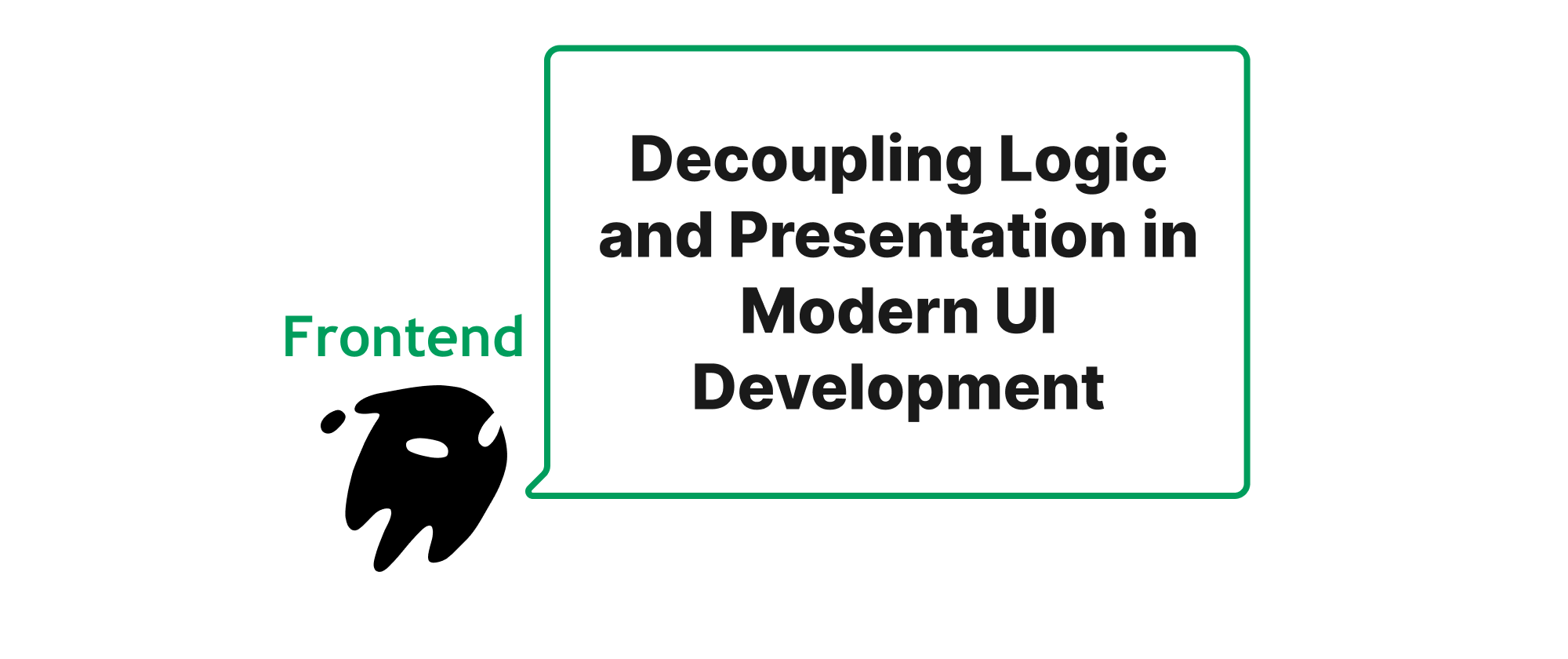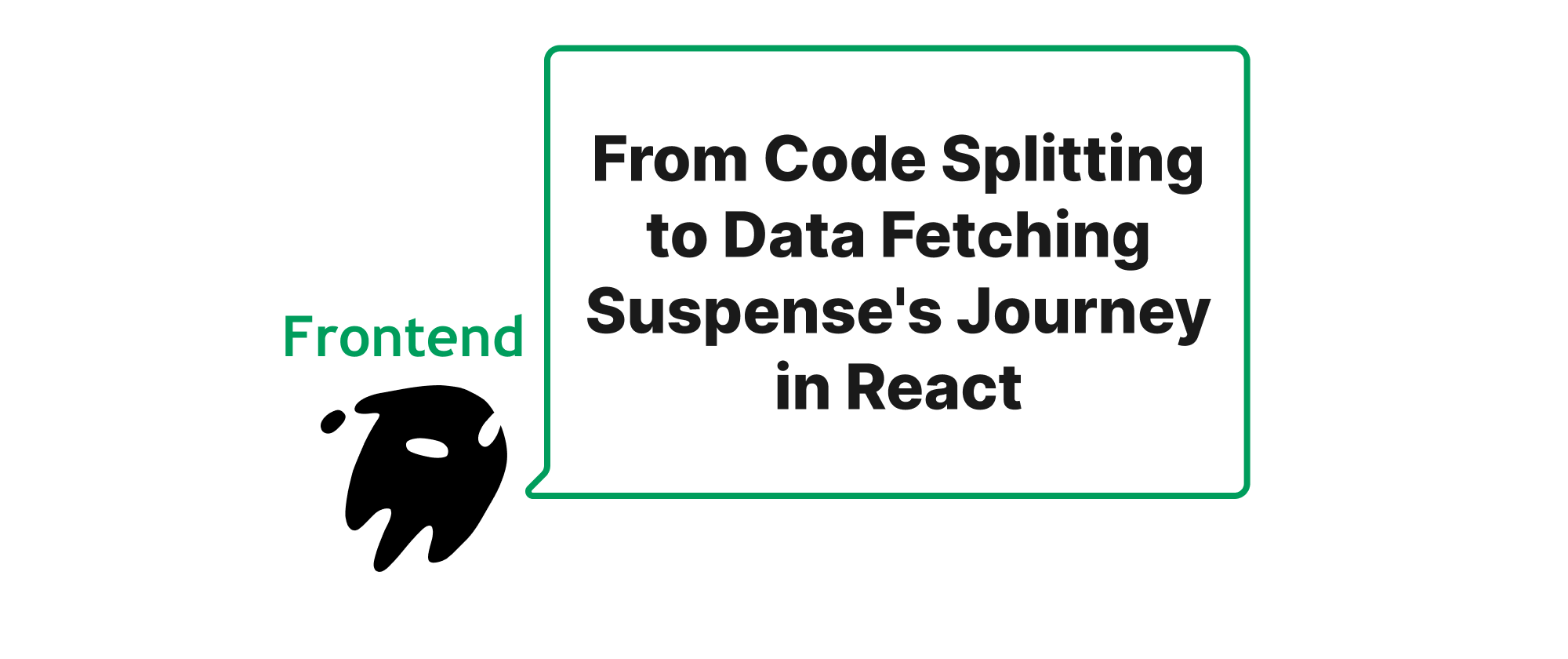Unraveling Qwik's Resumability to Eliminate Hydration Overhead
Lukas Schneider
DevOps Engineer · Leapcell

Introduction
In the ever-evolving landscape of front-end development, the quest for faster, more efficient web applications is a constant pursuit. Modern JavaScript frameworks have significantly improved developer productivity and user experience, yet a persistent challenge remains: the dreaded "hydration cost." This overhead often leads to slower Time To Interactive (TTI) and a less responsive user experience, particularly on resource-constrained devices or unreliable networks. While Server-Side Rendering (SSR) and Static Site Generation (SSG) address initial page load times, they frequently defer the computational burden to the client, leading to a performance bottleneck during the "hydration" phase. This blog post delves into how the Qwik framework boldly claims to entirely eliminate this hydration cost through its groundbreaking concept of "Resumability," offering a compelling vision for the future of web performance.
The Actual Problem and Qwik's Revolutionary Solution
Before diving into Qwik's innovative approach, it's crucial to understand the core concepts at play and why hydration presents such a significant challenge.
Core Terminology
- Server-Side Rendering (SSR): The process of rendering a client-side JavaScript application on the server and sending a fully formed HTML page to the browser. This improves initial load times and SEO.
- Client-Side Rendering (CSR): The process where the browser downloads a minimal HTML page and then uses JavaScript to build the entire DOM.
- Hydration: The process where a client-side JavaScript framework takes over a server-rendered HTML page, attaches event listeners, and reconstructs the component tree to make it interactive. This involves parsing JavaScript, executing component logic, and reconciling the virtual DOM with the existing DOM.
- Lazy Loading: Loading JavaScript modules or components only when they are needed, rather than at initial page load.
- Resumability: Qwik's core innovation. Instead of re-executing all application logic on the client to re-build the component state, Qwik "pauses" execution on the server, serializes the application's state and execution context, and then "resumes" it on the client exactly where it left off, without reprocessing.
Why Hydration is a Problem
Hydration, while enabling interactive SSR applications, comes with significant drawbacks:
- Duplicate Work: The browser essentially re-executes much of the application logic that was already run on the server to generate the HTML. This includes parsing, evaluating, and running component code.
- Increased JavaScript Download: Even if initial HTML is fast, the client still needs to download all the JavaScript required to hydrate the application.
- Blocked Main Thread: During hydration, the browser's main thread can become blocked, leading to a period of unresponsiveness where users can see content but cannot interact with it (the "jank" feeling).
- Scalability Issues: As applications grow in complexity, hydration costs can escalate, making it difficult to maintain good performance.
How Qwik Achieves Resumability
Qwik tackles hydration head-on by fundamentally changing how JavaScript is delivered and executed on the client. Instead of re-running the application, Qwik "serializes" the entire application state and execution context directly into the HTML during server-side rendering. When the browser loads the page, Qwik doesn't re-initialize components; it resumes execution exactly from where the server left off.
Here's the breakdown of Qwik's approach:
-
Serialization of State and Listeners: During SSR, Qwik captures not just the UI but also the application's current state, component hierarchies, and even the definitions of event listeners. This information is cleverly embedded directly into the HTML as attributes and
scripttags.<!-- Example of Qwik's serialization --> <button q:onClick="/~part-0.js#ClickHandler">Click me</button> <div q:state="{count: 0}"> <!-- Component content --> </div> <script type="qwik/json"> {"count": 0} // In reality, this is more complex, containing all necessary state </script>Notice the
q:onClickattribute. Instead of an inline JavaScript function, it points to a specific JavaScript module and export (ClickHandler). This is a key part of Qwik's lazy loading strategy. -
Fine-Grained Lazy Loading (QwikLoader): Qwik ships with a tiny, ~1KB JavaScript runtime called
QwikLoader. This loader is responsible for observing user interactions (like clicks, hovers, input changes) and then, and only then, efficiently fetching just the necessary JavaScript code to handle that specific event.When a user clicks the button with
q:onClick="/~part-0.js#ClickHandler", theQwikLoaderintercepts the click. It then dynamically imports/~part-0.js, executes theClickHandlerfunction, and updates the DOM. Importantly, no other JavaScript is downloaded or executed until it's explicitly needed. -
No Component Re-execution: Because the application's state and listener wiring are serialized, Qwik doesn't need to re-run component render functions on the client to rebuild the VDOM or attach event handlers. The HTML already contains all the necessary connections. This is the "resumability" aspect – the client resumes the application's interactive state rather than restarting it.
Code Example: A Simple Counter
Let's illustrate with a simple counter component in Qwik:
// src/components/counter/counter.tsx import { component$, useSignal } from '@builder.io/qwik'; export const Counter = component$(() => { const count = useSignal(0); return ( <div> <p>Count: {count.value}</p> <button onClick$={() => count.value++}>Increment</button> <button onClick$={() => count.value--}>Decrement</button> </div> ); });
When this component is server-rendered, the output might look something like this (simplified):
<div q:component="Counter_my_component_hash" q:state="{count:0}"> <p>Count: 0</p> <button q:onClick="/~src_components_counter_counter_tsx#_Counter_Increment_Listener">Increment</button> <button q:onClick="/~src_components_counter_counter_tsx#_Counter_Decrement_Listener">Decrement</button> </div> <!-- Qwik runtime magic would embed the state and code mappings --> <script type="qwik/json"> { "q:obj": { "0": { "count": 0 } }, // More complex mappings for components and listeners } </script> <script async type="module" src="/build/qwik-loader.js"></script>
When the user clicks the "Increment" button:
- The
QwikLoaderintercepts the click event. - It sees
q:onClick="/~src_components_counter_counter_tsx#_Counter_Increment_Listener". - It dynamically imports the specific chunk of JavaScript containing the
_Counter_Increment_Listenerfunction (which would be a small, optimized function derived from() => count.value++). - This function executes, updates the
countsignal in the serialized state, and Qwik efficiently patches the DOM to reflectCount: 1.
Crucially, the entire Counter component code or runtime logic is not downloaded or executed until that specific interaction happens.
Application Scenarios
Qwik's resumability offers significant benefits across various application types:
- Large-scale E-commerce Websites: Where fast initial load and interactive experience are paramount to conversion rates. Users can quickly see products and interact without waiting for full page hydration.
- Content-heavy Websites (Blogs, News Sites): Users mostly consume content but may interact with comments, forms, or navigation. Qwik ensures text is readable immediately, and interactivity loads on demand.
- Dashboards and Analytics Tools: Though often highly interactive, the initial view can be rendered on the server, with dynamic components loading as users explore specific features.
- Static Sites with Dynamic Features: Combine the benefits of SSG (fast initial load) with on-demand interactivity without the hydration penalty.
Conclusion
Qwik's "Resumability" is a paradigm shift in how we think about web performance. By serializing application state and execution context on the server and selectively resuming interaction logic on the client, Qwik effectively bypasses the costly re-execution inherent in traditional hydration. This approach promises a future where web applications deliver lightning-fast initial loads and immediate interactivity, drastically improving user experience and developer efficiency by eliminating the "hydration bottleneck" for good. Qwik doesn't just defer work; it intelligently offloads and resumes it, offering a genuinely performant and efficient model for modern web development.


